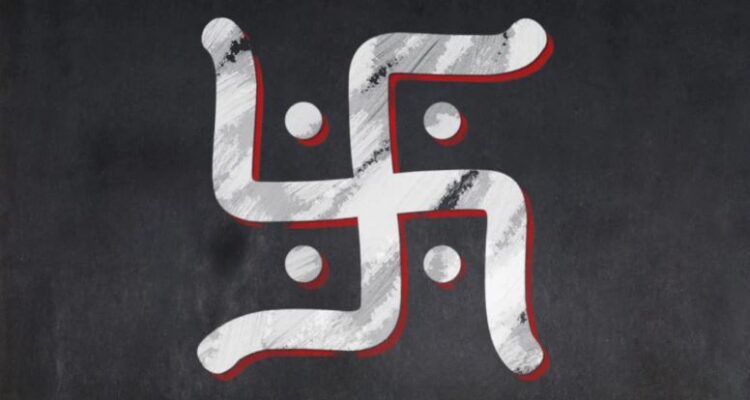Diwali 2022 came against the backdrop of the banning of Hakenkreuz in Victoria and New South Wales through their respective Nazi Symbol Prohibition Bills.
While Diwali of 2022 comes to an end for the Hindu community worldwide, it seems to get grander every year in Australia. However, what was different this year, was that it came against the backdrop of the banning of the Hakenkreuz in Victoria through Summary Offences Amendment (Nazi Symbol Prohibition) Bill 2022. This was followed by New South Wales enacting similar legislation. More importantly, these laws recognised that the Swastika is culturally significant to Buddhist, Hindu, Jain and other faith communities.
Other states such as Queensland, Western Australia, and Tasmania have now indicated their intention to follow the suit. Furthermore, Victoria has also indicated that it will initiate an educational campaign to raise Swastik’s origin and its significance.
However, as I coordinated with ABC’s Melbourne team over this fortnight to organise the story of Swastika’s importance in Diwali rituals and in the temples, I had some worrying observations,
- How did Swastika got misappropriated by Hakenkreuz in the first place? Who were the people responsible?
- Despite the public documentation available on this since the 1940s, why did academic historians in Australia and beyond, allow this to get amplified, rather than course correction (to teach the right history to students) over the decades?
- Why have Hindus, Buddhists and other cultures to whom Swastika belongs, failed to educate the general Australian public regarding this over several decades?
Read the article by Avinash V. Karpe, Rohini V. Kadam and Rohitash Chandra in The Australia Today.

